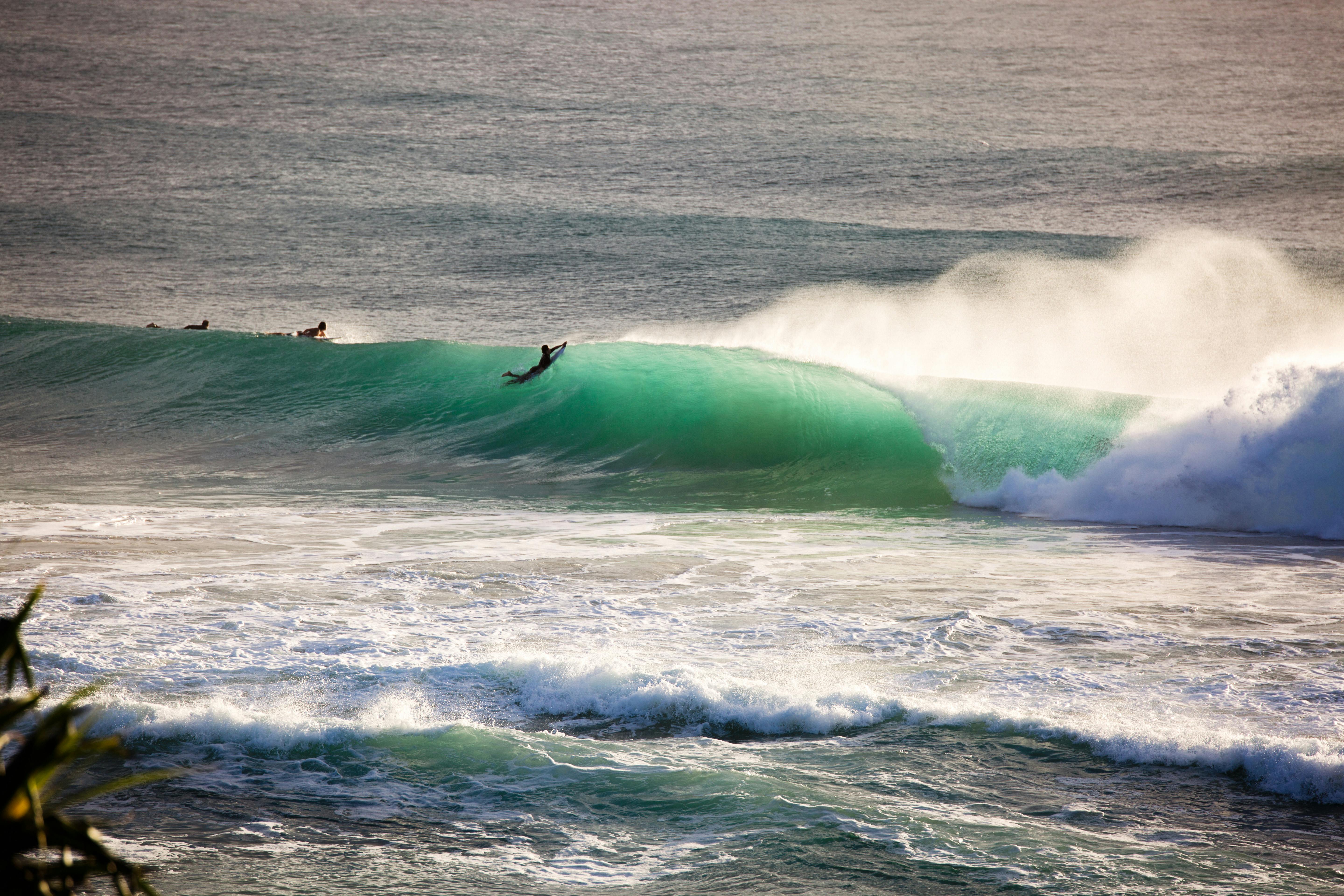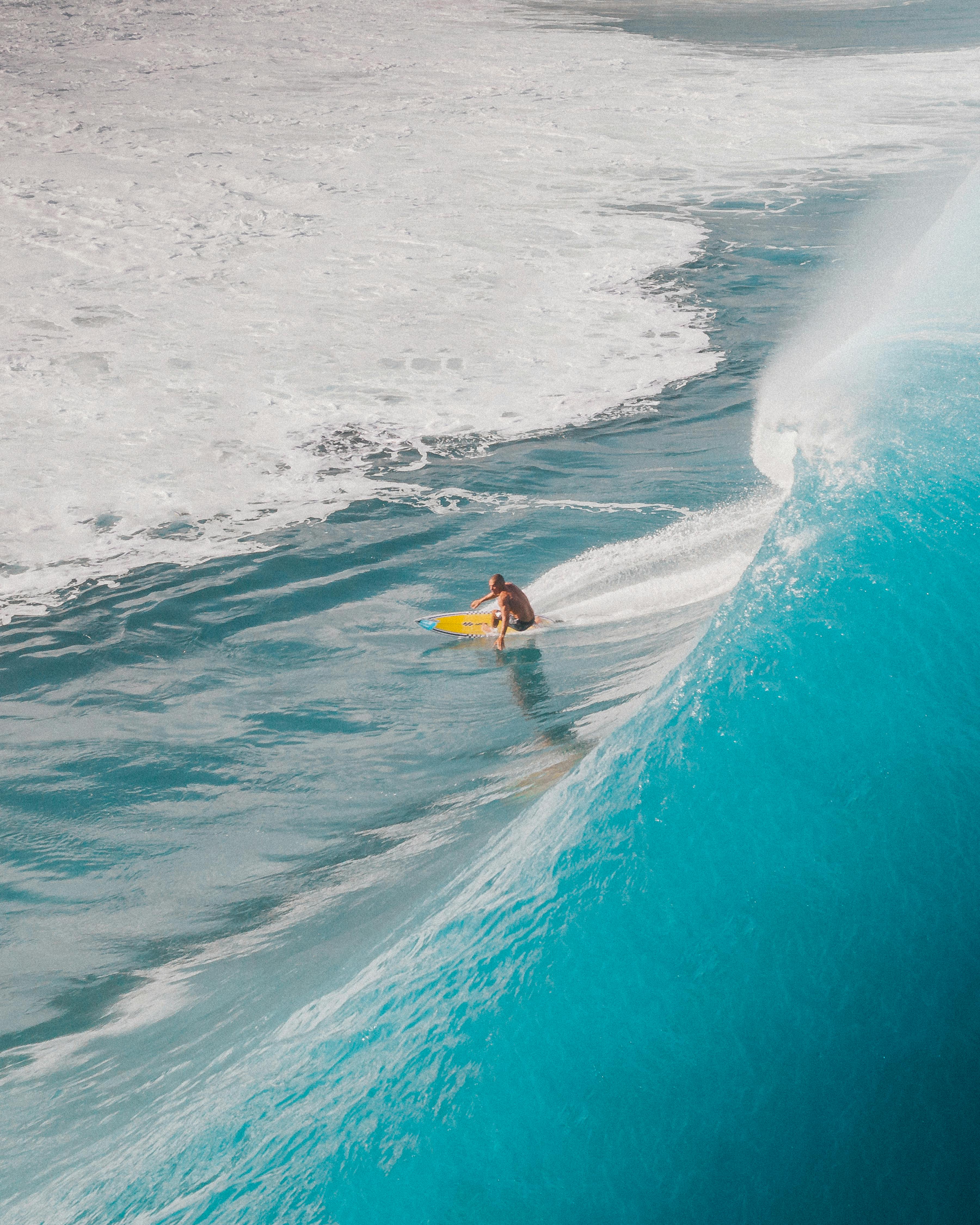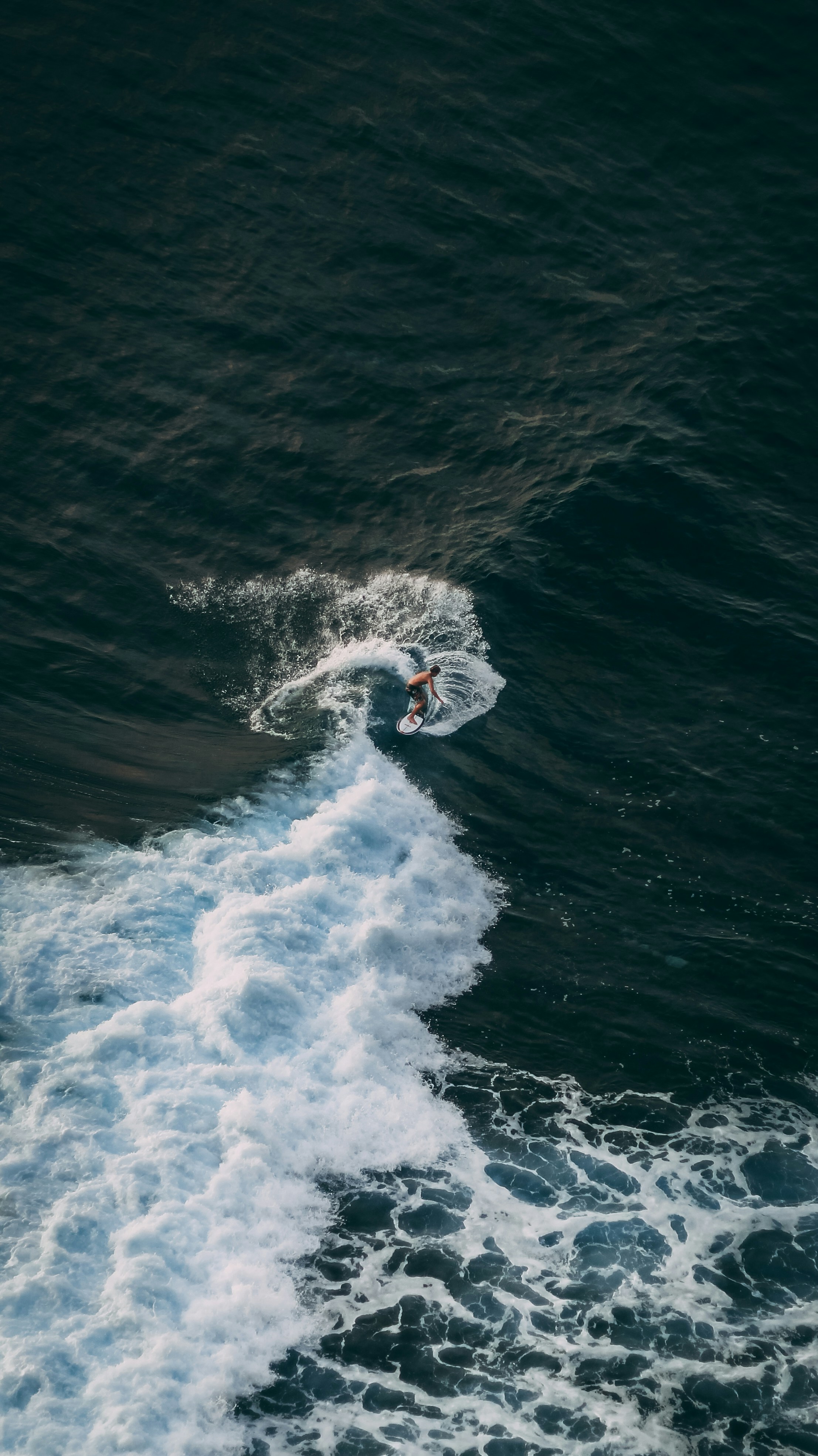You’ve Nailed the Pop-Up – So Why Does It Still Suck?
You’ve drilled pop-ups on land. You’ve watched tutorials. You can jump to your feet in under a second.
And yet... something still doesn’t feel right.
You’re either nose-diving, losing balance, or ending up in a weird, stiff stance. What gives?
The truth is, most surf pop-up problems don’t come from speed – they come from poor form, bad timing, or tiny habits you don’t even know you’ve picked up.
Let’s break down the most common mistakes – and how to fix them for good.
1. You’re Landing Back Foot First
It feels natural, especially when you’re trying to get to your feet quickly – but planting the back foot first locks your hips, freezes rotation, and messes with your stance.
You end up in what some coaches call the “ski” position: hips facing forward, both feet parallel, no drive.
Fix it:
– Focus on tucking the front leg underneath you first
– Let the back foot trail into position
– This naturally pulls your hip open and sets you into a real surfing stance
Think of it like drawing an arrow – the front foot points the way, and everything else follows.
2. You’re Popping Up Crooked
Here’s what happens: the wave starts to steepen, and instead of popping straight over your board, you tilt or lean – trying to “get away” from the drop.
It feels safer. It’s not.
Popping up on an angle disconnects your weight from the board’s motion – and the board keeps going without you.
What to do:
– Stay committed to a vertical pop-up – even if the wave’s angling sideways
– Keep your chest over the center line of the board
– Don’t start turning until both feet are planted
You can angle the paddle – not the pop-up.
3. Your Bum Is Too High
The classic pop-up fail: bum in the air, head down, trying to hinge up into position like a deadlift. It might get your feet under you, but it destroys balance, flow, and confidence.
It also drives weight onto your chest, killing speed and control – especially on steeper drops.
Instead:
– Keep your eyes up
– Let your hips stay low and behind you
– Think of popping into a coiled, spring-loaded stance – not a toppled-over hinge
You want your first movement after standing to be a bottom turn – not a correction.
4. You’re Not Entering the Wave with Enough Speed
Pop-ups don’t happen in isolation. If your paddling is weak or your entry angle is too soft, you’ll be scrambling just to get to your feet – and wasting half the wave doing it.
That forces you into belly-rides, mistimed takeoffs, and low-energy starts that sabotage the whole session.
Fix it by:
– Building paddle strength during flat spells
– Focusing on late, confident entries with proper speed
– Practicing committed drops – not safe ones
Sometimes, just feeling what proper entry speed is like (even via assisted waves or push-ins) unlocks everything.
How TRAX Helps You Fix Your Pop-Up (For Real)
Pop-ups are fast – usually under a second. And that makes them hard to analyze without footage.
TRAX makes it easier.
It’s a smart sensor system that tracks:
– Weight shift timing
– Entry speed
– Flow and positioning through the first seconds of the ride
You’ll see exactly where your takeoff breaks down – and how it affects the rest of the wave. Even better, TRAX links your patterns to land-based drills that rebuild the movement right – from balance cues to compression reps on a surf skate.
Because once your takeoff’s locked in – everything gets easier.
Want to stop struggling with takeoffs and finally surf clean from the start?
Sign up here to get early access to TRAX.
How to Surf Fluidly – If your pop-up’s tight but your flow is clunky, this is why.
What You Think You're Doing – and What You're Actually Doing – Pop-up form is often where the illusions start.








